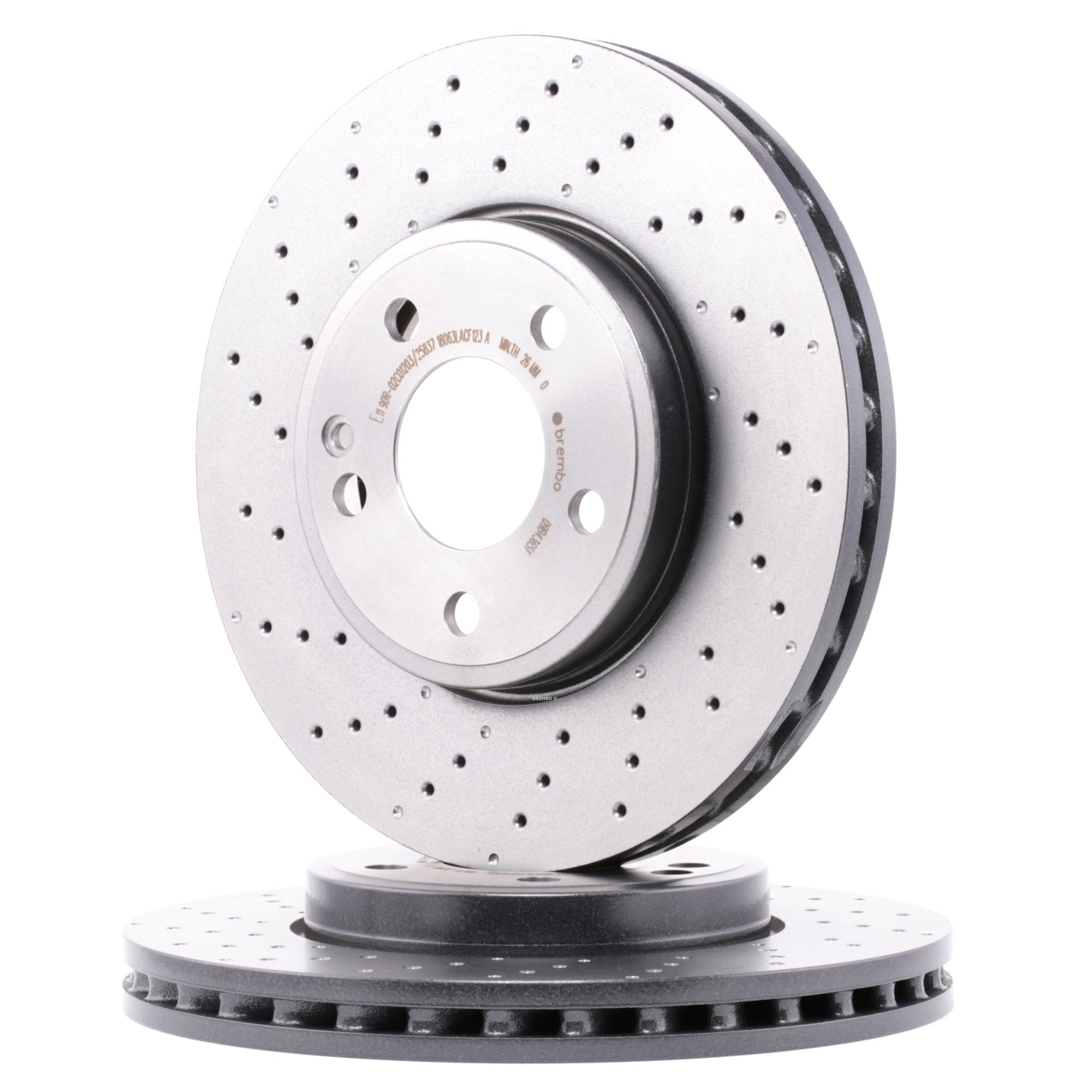Table of Contents
Brake Discs Lipped – Meaning, Dangers, MOT Failure, & Replacement
Noticed ridges on your brake discs? Wondering if your car’s trying to tell you something? That “lip” isn’t just a harmless defect, it’s a red flag for brake wear. In this guide, we’ll break down what lipped brake discs mean, why they matter, and whether they could cause your vehicle to fail its MOT.

Brake discs lipped meaning
Lipped brake discs form when the brake pads don’t make contact with the entire disc surface, causing a raised edge or “lip” to develop around the outer rim due to uneven wear. This tends to happen gradually as the disc is worn down. Sometimes it is caused by rust or installation errors, causing the components to deteriorate quickly.
The central area of the disc wears out under pressure from the pads while the outer edge remains untouched, forming a ridge. This is especially common in high mileage vehicles or older braking systems. Although a certain amount of lipping is expected over time, excessive lipping suggests the discs are approaching the end of their life. Monitoring the thickness and surface condition of your discs is key to maintaining braking efficiency and safety.

Are lipped brake discs dangerous?
Yes, lipped brake discs can be dangerous if the wear becomes excessive. A pronounced lip may reduce contact between the brake pad and disc surface, leading to reduced braking power and performance. The deeper the lip, the more likely it is to cause vibrations, noise, and uneven braking, especially during emergency stops.
In severe cases, the worn discs can increase stopping distances and put the driver and road users at risk. It’s essential to have your brake discs inspected regularly, especially if there are signs of lipping, or if you hear grinding or feel pulsing through the brake pedal. Addressing these issues early can help maintain safety and prolong the life of your braking system.
 BREMBO Brake disc
295x28mm, 5, perforated/vented
BREMBO Brake disc
295x28mm, 5, perforated/vented
 BREMBO Brake disc
355x32mm, 5, perforated/vented, two-part brake disc, Aluminium Brake Disc Hub
BREMBO Brake disc
355x32mm, 5, perforated/vented, two-part brake disc, Aluminium Brake Disc Hub
 BREMBO Brake disc
390x36mm, 5, internally vented, slotted/perforated, two-part brake disc, Aluminium Brake Disc Hub
BREMBO Brake disc
390x36mm, 5, internally vented, slotted/perforated, two-part brake disc, Aluminium Brake Disc Hub
 BREMBO Brake disc
249x10mm, 5, solid
BREMBO Brake disc
249x10mm, 5, solid
 BREMBO Brake disc
360x36mm, 5, perforated/vented
BREMBO Brake disc
360x36mm, 5, perforated/vented
Are lipped brake discs an MOT fail?
Yes, lipped brake discs can result in an MOT failure if the wear compromises safety or performance. If the disc is worn beyond the manufacturer’s minimum thickness, it’s classed as a major defect and is an automatic fail.
Additionally, if the disc shows other signs of severe damage, such as cracks, warping, or pitting, the vehicle will not pass the checkup. Regular servicing helps identify these issues prior to your test and keeps your brakes safe, reliable, and roadworthy. It's always better to address brake issues early than risk the cost of MOT failure or avoidable accidents.
Do lipped brake discs need replacing?
Yes, lipped brake discs should be replaced if the lip is visibly deep or the disc is near its minimum thickness. A significant lip can stop the brake pads from properly gripping the disc, reducing the effectiveness of the brakes and further accelerating wear.
While mild lipping can be manageable for short periods, deep ridges often mean the disc has worn unevenly and can't be resurfaced. In such cases, a new set of car brake pads and discs should be installed to ensure optimal braking and prevent further damage to parts.
A useful video on this topic:
4 Signs of Brake Disc Wear
Top products related to this topic:















